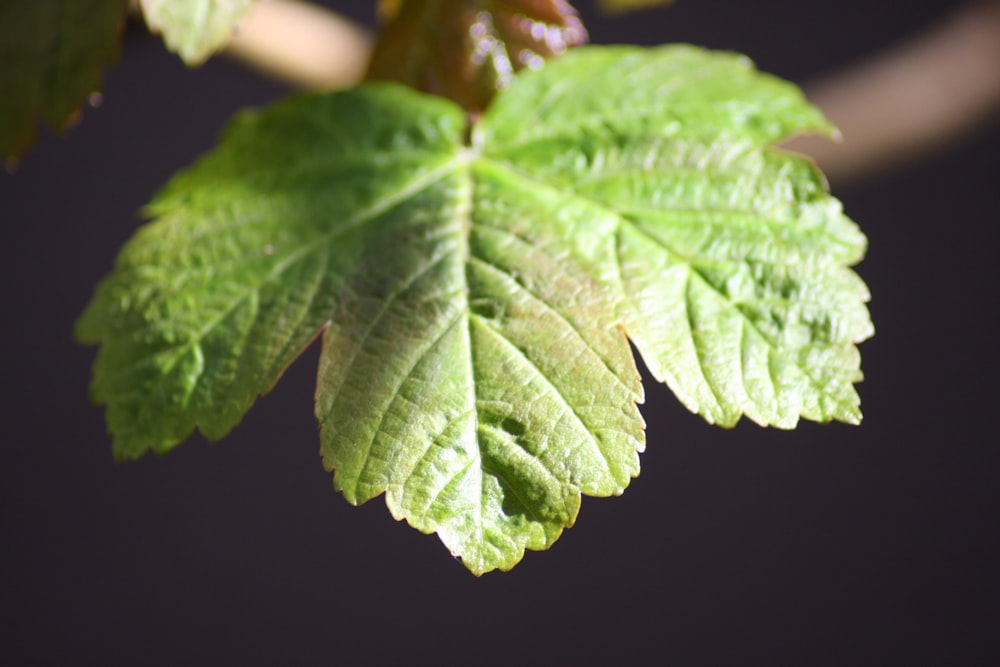Exploring the Rich Heritage of Heirloom Plants
Uncovering the Roots of Heirloom Plants
Heirloom plants carry with them a rich tapestry of history and tradition. These varieties, often passed down from generation to generation, have stood the test of time, preserving flavors, colors, and traits that tell stories of our agricultural past. By delving into the origins of heirloom plants, we gain a deeper appreciation for their significance and the role they play in preserving our agricultural heritage.
Diverse Varieties and Unique Traits
One of the most fascinating aspects of heirloom plants is the sheer diversity of varieties available. From tomatoes and peppers to beans and squash, heirloom plants come in a wide array of shapes, sizes, and colors. Each variety boasts its own unique set of traits, from distinct flavor profiles to unusual shapes and sizes. Exploring the diverse world of heirloom plants is like embarking on a culinary adventure, with each variety offering something new and exciting to discover.
Preserving Biodiversity and Genetic Diversity
In addition to their culinary and aesthetic appeal, heirloom plants also play a critical role in preserving biodiversity and genetic diversity. Unlike modern hybrid varieties, which are often bred for uniformity and shelf life, heirloom plants retain a wide range of genetic traits that make them resilient to pests, diseases, and environmental stressors. By cultivating heirloom plants, gardeners and farmers help to safeguard these valuable genetic resources for future generations.
Cultural Significance and Traditional Practices
Heirloom plants are deeply rooted in cultural traditions and practices that have been passed down through the ages. Many heirloom varieties have been cultivated by indigenous peoples and traditional farming communities for centuries, serving as staple foods and medicinal plants. By preserving and cultivating heirloom plants, we honor these cultural traditions and practices, keeping alive the knowledge and wisdom of our ancestors.
Connecting Past and Present Through Seed Saving
Seed saving is an integral part of preserving heirloom plants and ensuring their continued existence for future generations. By saving seeds from heirloom plants, gardeners and farmers help to maintain the genetic diversity of these varieties and prevent them from being lost to history. Seed saving also fosters a deeper connection to the land and the plants we cultivate, empowering individuals to take control of their food supply and preserve our agricultural heritage.
Challenges and Opportunities in Heirloom Plant Preservation
While heirloom plants offer a wealth of benefits, they also present unique challenges for preservation. As industrial agriculture and monoculture farming practices have become increasingly dominant, many heirloom varieties have been lost or displaced by high-yielding hybrid crops. Climate change, habitat loss, and genetic contamination further threaten the survival of heirloom plants. However, efforts are underway around the world to preserve and protect heirloom plant varieties through seed banks, conservation programs, and grassroots initiatives.
The Future of Heirloom Plants
Despite the challenges they face, the future of heirloom plants remains bright. With growing interest in organic farming, sustainable agriculture, and local food systems, heirloom plants are experiencing a resurgence in popularity. Home gardeners, small-scale farmers, and chefs alike are rediscovering the unique flavors and qualities of heirloom varieties, driving demand for these plants and helping to ensure their continued existence for generations to come. As we explore the world of heirloom plants, we not only celebrate our agricultural heritage but also pave the way for a more diverse, resilient, and sustainable food future. Read more about heirloom plant

